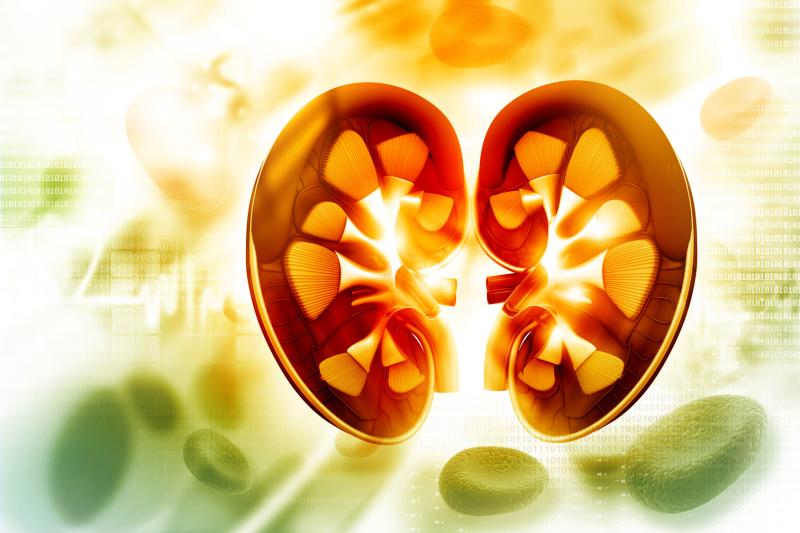
Nondiabetic renal disease (NDRD) in patients with diabetes is frequently caused by nephroangiosclerosis, and the risk of NDRD is high in the absence of diabetic retinopathy and in elderly patients with microhaematuria, as reported in a recent study. However, compared with NDRD, diabetic nephropathy (DN) is associated with worse renal prognosis and higher mortality.
The current retrospective observational study included 832 patients (mean age, 61.7 years; 74.6 percent) with diabetes and renal biopsies. Mean creatinine level was 2.8 mg/dL, while median proteinuria was 2.7 g/24 h.
Of the patients, 329 (39.5 percent) had diabetic retinopathy, 413 (49.6 percent) had NDRD and 90 (10.8 percent) had mixed forms. The most common NDRD was nephroangiosclerosis (n=87; 9.3 percent).
Multivariate logistic regression analysis showed that NDRD was independently associated with older age (odds ratio [OR], 1.03, 95 percent confidence interval [CI], 1.02–1.05; p<0.001), microhaematuria (OR, 1.51, 95 percent CI, 1.03–2.21; p=0.033) and absence of diabetic retinopathy (OR, 0.28, 95 percent CI, 0.19–0.42; p<0.001).
Relative to those who had NDRD, patients with DN or mixed forms had poorer renal prognosis (p<0.001) and higher mortality (p=0.029).
In multivariate Cox proportional hazard models, risk factors for renal replacement therapy included older age (p<0.001), higher serum creatinine (p<0.001), higher proteinuria (p<0.001), diabetic retinopathy (p=0.007) and DN (p<0.001). Risk factors for mortality were older age (p<0.001), peripheral vascular disease (p=0.002), higher creatinine (p=0.01) and DN (p=0.015).
The findings may be useful for identifying patients at risk for NDRD and subsequently indicating the specific treatment in order to improve renal and patient prognosis, according to researchers. Additional studies are needed to determine the importance of renal biopsy with respect to treatment and renal prognosis in diabetic patients.